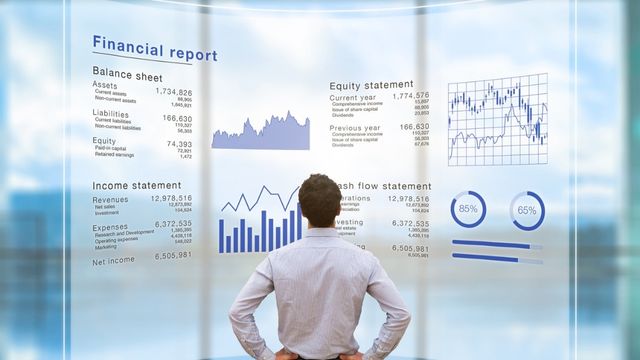6 Monthly Reports Every Small Business Should Monitor
Small business owners need to keep a close eye on their money, especially when they are just starting out.
Companies that are doing well may decide to look at their financial and marketing reports every three months. But for small businesses, reporting once a month is often a better way to see how well they are doing.
You can get feedback on your pricing, marketing, employee productivity, and growth through monthly reports. With this information, business owners can make better decisions about big purchases, taking on or paying off debt, and expanding to new locations or industries.
Profit and Loss (P&L) Statement
Your P&L statement, which is also called an income statement, shows how much money you made, how much you spent, and what your profit or loss was for the month.
For your business to be successful, your income must be more than what you spend. If you look at this report every month, you can see if you’re on track to cover your costs and make money.
Some business owners look at this report every three months, but if you keep track of your expenses and income on a regular basis, you can see how small changes to your business affect your finances. If you lose money every month, that means you need to make some big changes.
Balance Sheet
A balance sheet shows what your company owns, what it owes (like debts), and how much it has in equity. When you look at your balance sheet once a month, it gives you a snapshot of your company’s finances at a certain point in time.

“You can find trends and make better financial decisions by comparing balance sheets from month to month and from year to year.
You’ll also be able to keep an eye on the liquidity and leverage ratios that lenders use to judge the health of your business. Lendio wrote.
Balance sheets can help you decide when to buy expensive equipment, pay back a loan, or let the public know about your business.
Cash Flow Statement
Along with balance sheets, cash flow statements show a lot about how well a business is doing. A cash flow statement shows how your cash and other things that can be used as cash change from month to month.
It uses the cash basis of accounting and divides cash flow into three main categories: operating, investing, and financing. If your cash flow looks bad—for example, if you’re spending more money than you’re bringing in—you might decide to get temporary financing or cut costs.
Accounts Payable and Accounts Receivable
Pay close attention to your accounts payable (AP) and accounts receivable (AR). These two reports show how much money you owe and how much money you are owed.
Keeping track of your AP and AR helps you keep records, manage your cash flow, and stay in compliance. By balancing these two accounts once a month, you can make sure that no bills get lost and that your customers and business partners pay you on time.
Marketing Engagement
Monitoring your marketing efforts is just as important as reviewing your finances every month. Check the built-in analytics for Facebook, Instagram, and any other channels you use to reach potential customers to find out how well your social media campaigns have done. Google Analytics and your email marketing tool can also tell you what’s working and what’s not.
Customer Loyalty
Customer loyalty can’t be found in a single report, but it’s important to keep track of key metrics every month to see if your business is keeping customers or just getting new ones. Make a report that sums up the most important signs, such as:

- Customer retention rate.
- Negative churn.
- Net Promoter Score®.
- Customer effort score.
- Purchase habits.
- Referral traffic.
- Social media mentions.
Some of this information can be found in your loyalty program or point-of-sale system. Your marketing analytics will show you other metrics.
Since it costs five times more to get a new customer than to keep an old one, you want to make sure that your current customers are happy with your product or service.
Also Read:


Comments are closed.